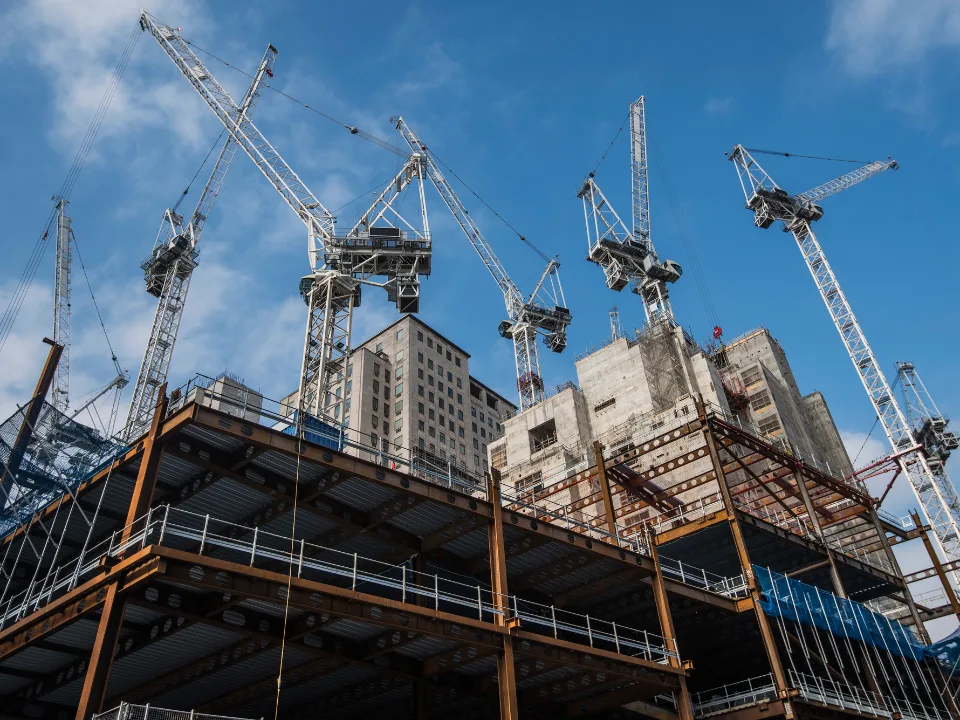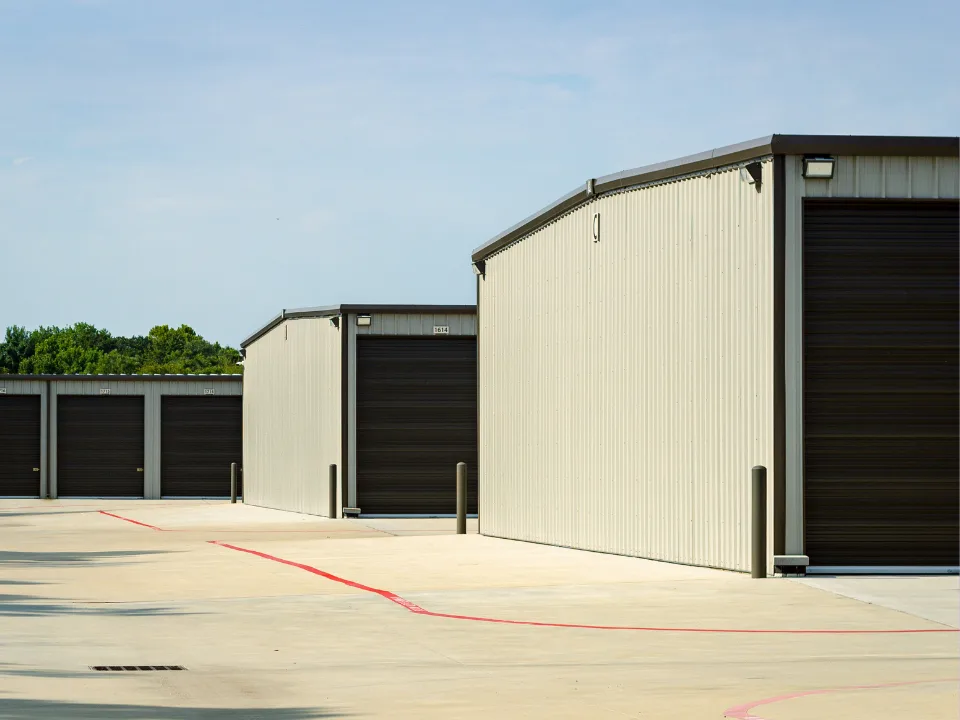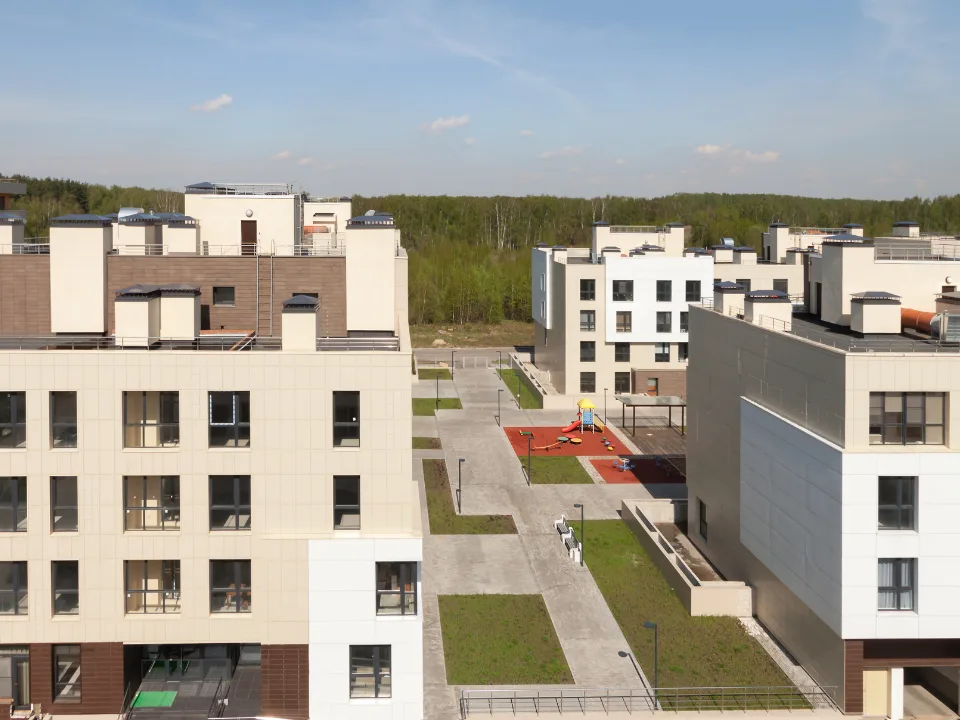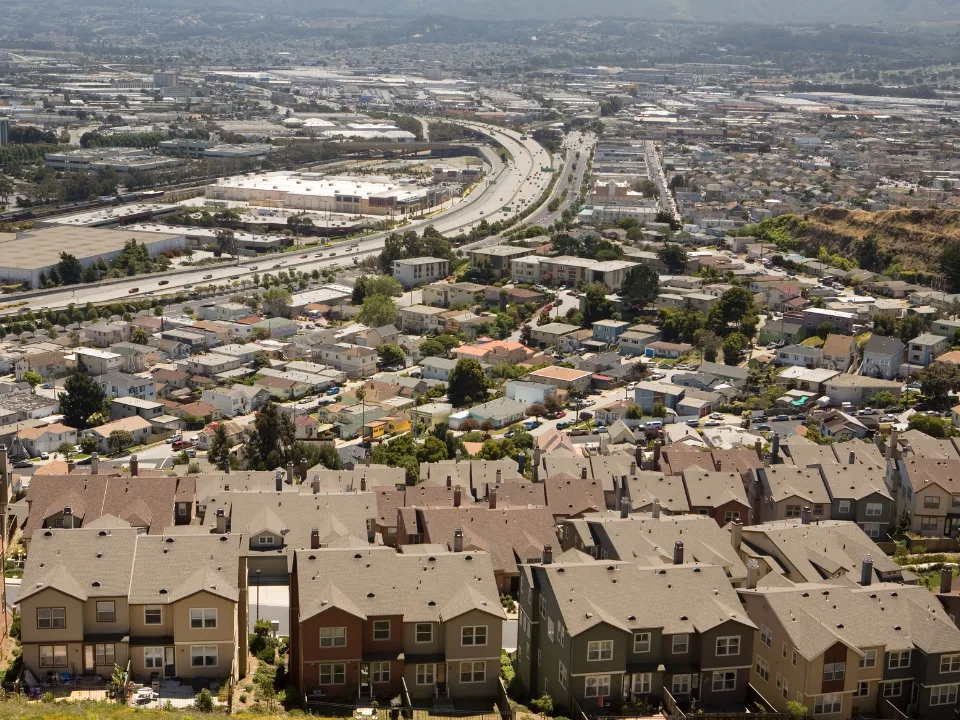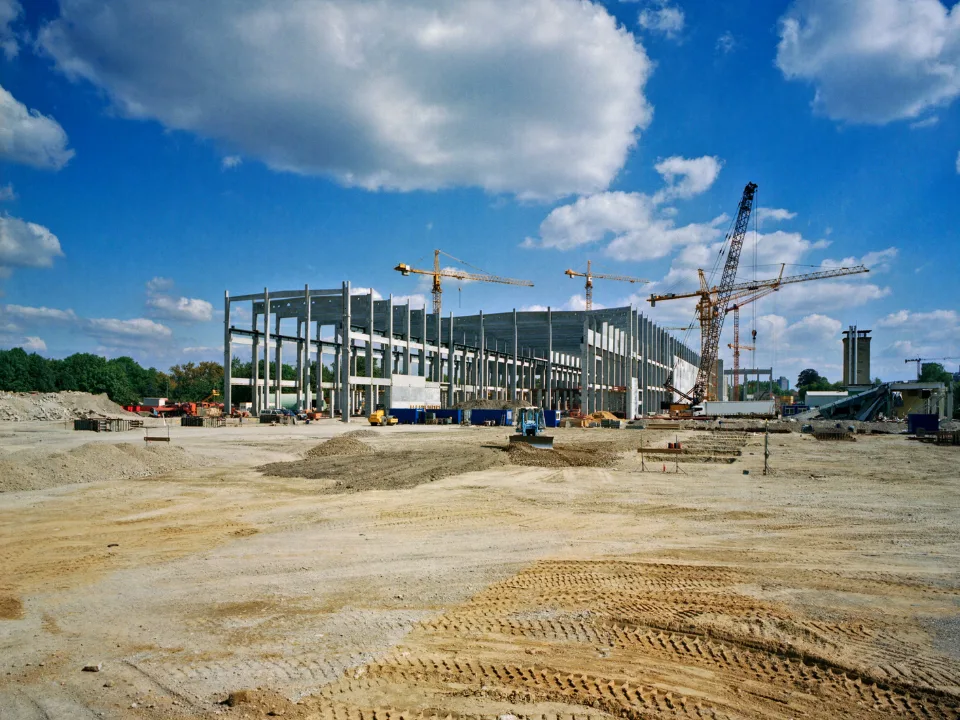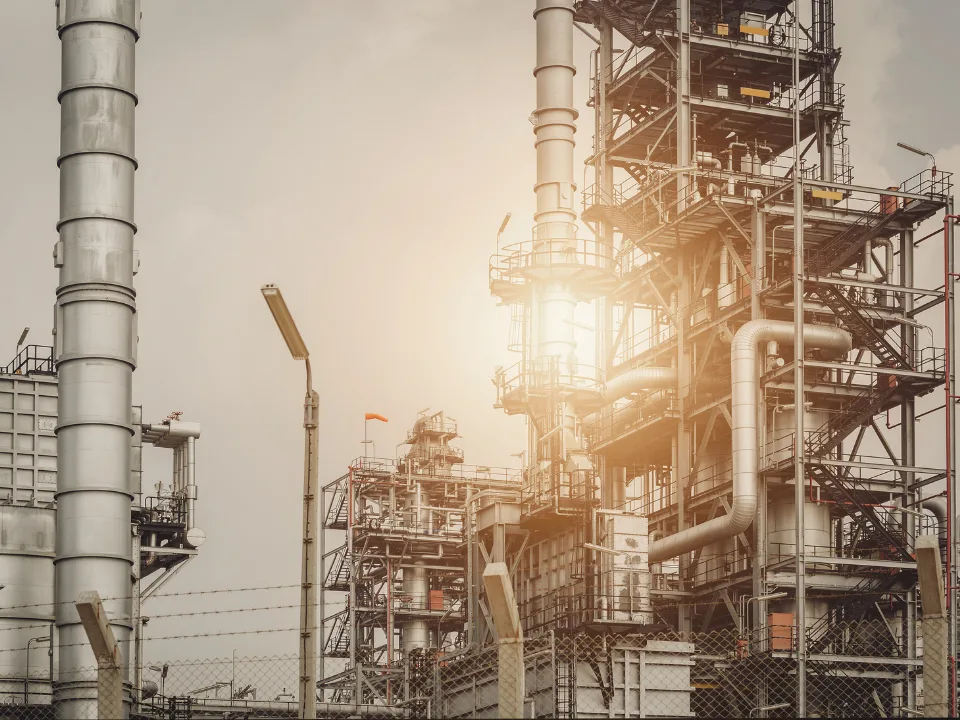- Multifamily construction starts fell 30% in May compared to April, reaching their weakest monthly level since November 2024, according to U.S. Census Bureau data.
- Despite the drop in starts, new multifamily permits increased 1.4% month-over-month and are up 13% year-over-year, suggesting potential stabilization ahead.
- Ongoing economic uncertainty, elevated interest rates, and new tariff policies are contributing to stalled construction activity, even as rental demand continues to outpace supply.
Slowing momentum
According to the U.S. Census Bureau, the start rate for multifamily buildings with five or more units hit 316,000 in May — a steep 30% decline from April’s figures and the weakest showing since November’s 266,000. This reversal erased recent gains recorded earlier in the year and reflects increasing caution among developers, as reported by CoStar.
Context matters
While the May numbers were disappointing, analysts caution that multifamily starts are inherently volatile. Over the past year, monthly starts have fluctuated between 266,000 and 454,000 units, according to census data. Economists from the National Association of Home Builders view May’s dip as a potential statistical blip rather than a longer-term trend.
Permits point to optimism
In contrast to declining starts, new multifamily building permits rose slightly — up 1.4% from April and 13% year-over-year — indicating that developers may be preparing for future activity as market conditions evolve.
Get Smarter about what matters in CRE
Stay ahead of trends in commercial real estate with CRE Daily – the free newsletter delivering everything you need to start your day in just 5-minutes
Tariffs add uncertainty
Developers have highlighted concerns over the White House’s new tariff policies, which are expected to increase construction costs and complicate project planning. In Q1 earnings reports, several multifamily REITs acknowledged they are cautiously progressing with developments while keeping an eye on rising material costs.
What it means for the market
Despite a drop in starts, the pipeline of available units is expected to tighten further this year. According to CoStar, rental demand remains robust, and apartment vacancy rates are projected to decline through 2025. Completions, however, are forecast to fall nearly 45% this year due to the shrinking under-construction pipeline, setting the stage for renewed development pressure in the near future.
Looking ahead
With a mismatch between supply and demand, any prolonged slowdown in new construction could squeeze the rental market. But with permitting activity still healthy, a rebound could emerge if macroeconomic conditions stabilize.
